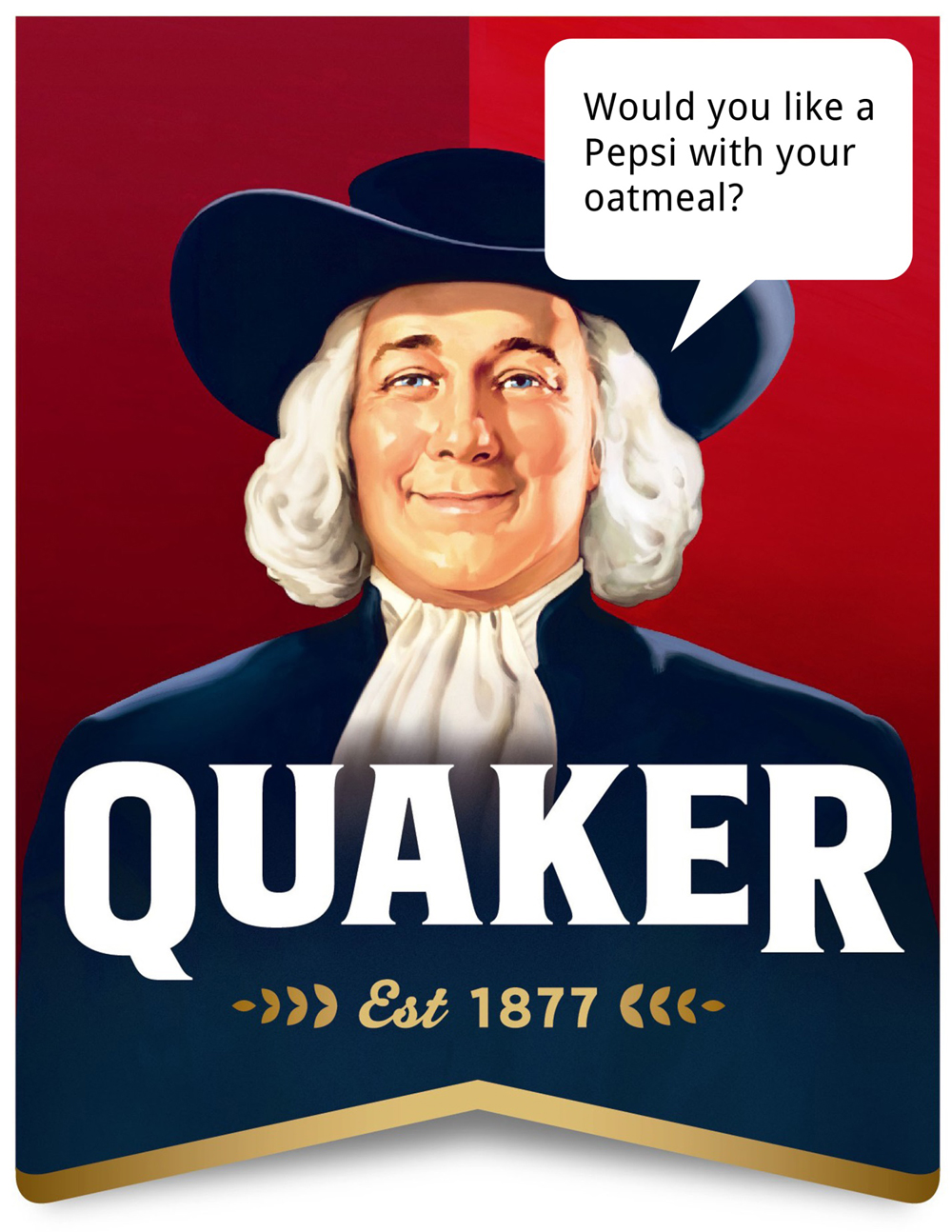Pregnancy centers nationwide have been trying to find the best method of reaching their target audiences. However, this audience can range from prolife individuals who are seeking help to abortion-minded women caught betwixt and between. Reaching these opposing audiences takes a lot of careful thought and planning, but it is possible to make your message heard. This guide provides some essential tips for creating an online website presence that will open communication between you and your target audience(s).
The Last Trend
25-35 years ago, many centers began with names like The Crisis Pregnancy Center. However, names like this proved unmarketable to a large portion of the target audience. While some women perceived themselves to be in a crisis situation, many others did not. While the brand worked with many life-minded women, it did not seem to speak to abortion-minded women. This lack of connection forced many clinics to rethink the way they represented themselves, which resulted in many of these centers trying to adopt a new name and new brand.
The Next Trend
Changing your name changes your public identity. I would like to encourage every center to stop this damaging marketing tactic. Most centers have had their current name for long enough to establish a brand. Instead of abandoning the name that has worked so well for the life-minded community, the new trend should be for centers to consider adopting an additional, separate brand/name for abortion-minded service/marketing.
1 Brand per Target Audience
Having one brand per audience allows you to target your audience with a message designed specifically for them. Matthew 6:24 states that “no man can serve two masters: for either he will hate the one, and love the other; or else he will hold to the one, and despise the other.”
Applied to marketing, this means that no brand can serve two target audiences. One website can effectively communicate the desired message to one group, but that same content is often irrelevant to another; a message that speaks to a life-minded individual will not have the same impact as a message designed for an abortion-minded individual. It is very difficult for one website to connect with both audiences, especially when their needs are contradictory.

Who Owns Quaker® Oats?
Do you know who owns Quaker® Oats? Most people do not. The answer is PepsiCo. PepsiCo also owns Pizza Hut®, Gatorade®, Lay’s®, Tropicanna®, and- of course- Pepsi®. The brand for Quaker® Oats has the portrait of a man in Quaker garb on the front. He really never existed, but he looks like he would be friendly. In fact, the original owners chose the image as a symbol of “good quality and honest value”1. Over the years, Quaker® Oats developed their brand into what we associate with it today. The friendly Quaker, who is valuable intellectual property, portrays the message that we’ve come to associate with Quaker® Oats; that it is a “healthy” breakfast.
- (2014). Quaker History. Retrieved from http://www.quakeroats.com/about-quaker-oats/content/quaker-history.aspx

There is a reason why Quaker® Oats and Pepsi® are marketed independently. They each have their own target market and message. Whereas Pepsi® is a fun, youthful, sugary drink, Quaker® Oats is heart-heathy. Just imagine what a name like “Quaker Oats by Pepsi” or “Pepsi Oats” would do to their market share. Marketing a product as both sugary and healthy is ineffective.
Likewise, a brand or website cannot effectively market to both a life-minded and abortion-minded audience.
Marketing Landmine
What is a “marketing landmine”? In internet marketing, a landmine refers to something on a website that repels its target audience. For some, a marketing landmine might be a glaring spelling error. For others, marketing landmines may take the form of a political agenda. Right now there is an enormous amount of potential marketing landmines surrounding the topic of prolife, prochoice, and everything in between.
Can you find the marketing landmines in the website below?

If an abortion-minded woman is searching for an abortion, but your website only promotes pregnancy, then it is unlikely that this potential client will bother staying on the web page for long. Similarly, pregnancy centers with prominent religious ties often have fewer abortion-minded clients making appointments. In the same way, marketing landmines can also drive away prolife individuals. A website that specifically targets abortion-seeking women may have content that is a landmine for a prolife woman who is seeking help with her pregnancy. In the end, in order to be effective in your internet marketing, your website should have content that speaks to the needs of a specific target audience.
2 Websites with 1 Name
The common denominator of “one name” for two separate audiences is a particularly dangerous marketing landmine. You are gambling with the hope that the audiences will not crossover. However, if a potential client searches Google for the clinic’s name, it is likely that both sites will appear in the search results.
What is the problem?
If someone considering abortion clicks on the prolife website, she is about to be exposed to a message that is not designed for her and could even work to repel her. The common brand name brought her to this website, but she may not bother further investigation into the clinic. This type of communication breakdown represents a failure in both the marketing and the message.
The Brand-Aid Fix
When an organization needs to use a single brand name for both client marketing and donor marketing, there is an easy solution to seperate the two marketing efforts in the google search results. You can use the ‘initials’ of your organization for donor marketing and use the full spelling of your organization’s name for client marketing. This will keep both sites from showing up side by side in a google search result when someone searches for your center’s name based on one spelling or the other.
If a client searches for the name as it is marketed to her (The Full Spelling) then only the appropriate site is in the running to show up in the search results. If a donor searches for the name as it is marketed to the life minded community then only your donor site will be in the running to show up in the search results.
The need to seperate the names is created when the branding begins to work and a client searches for the organization by your brand name and we want only the appropriate site with the appropriate messaging to show up in the search results.
Hopefully an abortion minded client will only be a client for a single season and we will experience success in seeing clients join the life minded community in the future, as your clients come to know you better over time and continue to appreciate the love and kindness you showed them. Having a client adopt your initials with your donor marketing could be a natural progression. With many of your supporters being with you for many years, using your organization’s initials makes sense – since they will know you for a long time and training them to use your initials is reasonable.
Hiding a Website is Not the Solution
You want your life-minded community to be able to find you online. You want to be able to share important information with this audience, things like: opportunities to volunteer, success stories, changes in operation, or new available services. Hiding sites meant for life-minded audiences reduces your ability to connect and share. Worse yet, it raises questions of credibility and honesty in marketing among abortion-minded women. Both audiences have the potential of feeling deceived if you hide aspects of your clinic just to get their attention.
No More Hidden Pro-Life Meanings in a Name that Serves Abortion-Minded Women.
When designing a second brand for an abortion-minded market, it is wise to make sure the name does not have a hidden or secondary meaning. Again, it comes to honesty in marketing. This particular marketing landmine can be explosively repelling to an abortion-minded woman, who is already feeling vulnerable. Remember that you are trying to establish a relationship with someone who is considering abortion, therefore, your brand should reflect that audience.
1 Brand for Abortion Minded Clients
A woman seeking abortion has needs. There is a reason she is searching the internet. She may be seeking answers to questions, advice, or empathy. You clinic has a lot of these things, but you need to express that in a way that bridges the gap between your client’s needs and the clinic’s services. The call-to-action is typically for a client to visit during office hours, make a phone call, or complete an interest form. The goal is to encourage your clients to create an appointment with a counselor. A prolife, or life-minded, message may not be effective in establishing these goals. Instead, developing a brand and message that specifically targets the hopes and needs of abortion-minded clients encourages them to reach out.
1 Brand for Life-Minded Clients and Community
In addition to providing aid for life-minded clients, a life-minded website can also communicate ways for the community to be involved. One of the best objectives of a life-minded website is to promote events. When someone attends an event, other objectives are often also met, such as the attendee may also pray, give financially, volunteer, and/or contribute toward the ministry in another way.
A life-minded website can share information about available services that can benefit life-minded women in need of help. This information can also serve to empower your life-minded community to provide word of mouth about the services available.
All of these goals can be achieved simply by making a brand specifically for a life-minded audience.
Planning for the Next 5+ Years
My dad told me that before I add onto my house, I should plan for what I want my completed house to look like. When I add a room, it has to work toward the master plan. This will help me avoid a veritable hodgepodge. Just like a house, your clinic should be thinking about the next 5, 10, 20, 30 years.
Creating a second brand may take some time to develop, however, the investment is worth exploring. Your second brand can increase your marketability and help reach your target audience.
Author

Jacob Barr is the owner and CEO of iRapture.com.
Share your thoughts on this article with Jake here.
